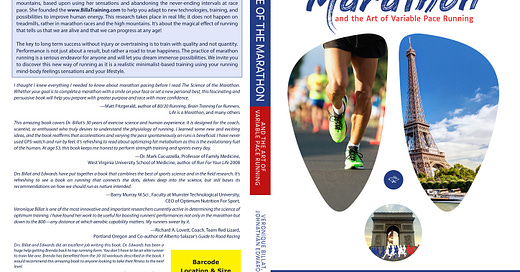The start next time does not resist the euphoria of the start. Everything you have worked for is about to start. Take it all in and go with a fast start, even if it seems too much for one or two kilometers. This allows you to take advantage of your fresh legs and launch your aerobic engine faster.
Get into your zone.
Be bold, watch your times, and start getting into your mindset using music or however you achieve this. Don’t let yourself be distracted by looking at your friends, a colleague in the race, or people on the side. Do not listen to encouragement. Automatically, you will find yourself letting go if the fast start is enough. It will even be more beneficial since you will have gone quickly and you will do it from the first kilometer.
Find your comfort zone and rhythm.
Once you’ve found your rhythm, try running and maintaining small oscillations using their sensations. Try to carry the stride, which will decrease the stress on the muscles. This way, you will have time to regenerate your creatine phosphate, which is your premium gas. And to recycle lactate to pyruvate and use it like glucose.
Use the hydration stations strategically.
It is an essential stage of your race that you must not miss. This advice is to rinse your mouth, take a sip of water, and pour the rest on your head. Eat just a little to make your brain happy, perhaps a bar or almond pate in France; for runs greater than 3 hours in 3 minutes, use crackers and cheese or rice cakes.
Stay calm about the miles and kilometers you have run. Run in the moment.
Do not worry about the distance you have already run or what’s left in front of you. This information is helpful for predicting the future. It’s entirely contained in the present. Nothing is dependent on the past, but how you are now. For example, imagine that you were at the half marathon point, which is symbolic of the philosophy of life. We can determine ourselves in the present in our current state of motivation. Our Cartesian education prevents us from being connected to ourselves and having fearlessness and self-confidence to let our bodies run how they were designed to do.
This book was written for those who want to rediscover running by slowing down, running at your own pace, and learning to accelerate. The Science of the Marathon is about Veronique’s life studies and is the result of more than 40 years of research. Veronique Billat was a national level runner who reached the pinnacle of her running career through classical training methods. During her studies, she decided to run in the distant hills and mountains, based upon using her sensations and abandoning the never-ending intervals at race pace. She founded the BillaTraining.com and helps thousands of runners each year. This research takes place in real life, it doesn’t happen on treadmills, rather in real marathons and the high mountains. No one has ever set a marathon record on a treadmill!




